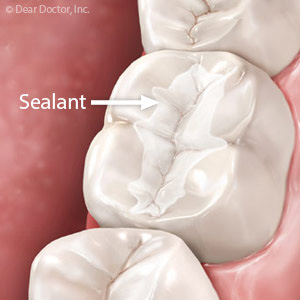Getting dental implants is going to require surgery. But don’t let that concern you—it’s a relatively minor procedure.
Currently the “gold standard” for tooth replacement, an implant consists of a titanium post surgically imbedded in the jawbone. We can affix a life-like crown to a single implant or support a fixed bridge or removable denture using a series of them.
Because placement will determine the restoration’s final appearance, we must carefully plan implant surgery beforehand. Our first priority is to verify that you have adequate jawbone available to support an implant.
Additionally, we want to identify any underlying structures like nerves or blood vessels that might obstruct placement. We may also develop a surgical guide, a retainer-like device placed in the mouth during surgery that identifies precisely where to create the holes or channels for the implants.
After numbing the area with local anesthesia, we begin the surgery by opening the gum tissue with a series of incisions to expose the underlying bone. If we’ve prepared a surgical guide, we’ll place it in the mouth at this time.
We then create the channel for the insert through a series of drillings. We start with a small opening, then increase its size through subsequent drills until we’ve created a channel that fits the size of the intended implant.
After removing the implant from its sterile packaging, we’ll directly insert it into the channel. Once in place, we may take an x-ray to verify that it’s been properly placed, and adjust as needed. Unless we’re attaching a temporary crown at the time of surgery (an alternate procedure called immediate loading), we suture the gums over the implant to protect it.
Similar to other dental procedures, discomfort after surgery is usually mild to moderate and manageable with pain relievers like acetaminophen or ibuprofen (if necessary, we can prescribe something stronger). We may also have you take antibiotics or use antibacterial mouthrinses for a while to prevent infection.
A few weeks later, after the bone has grown and adhered to the implant surface, you’ll return to receive your new permanent crown or restoration. While the process can take a few months and a number of treatment visits, in the end you’ll have new life-like teeth that could serve you well for decades.
If you would like more information on dental implants, please contact us or schedule an appointment for a consultation. You can also learn more about this topic by reading the Dear Doctor magazine article “Dental Implant Surgery.”









